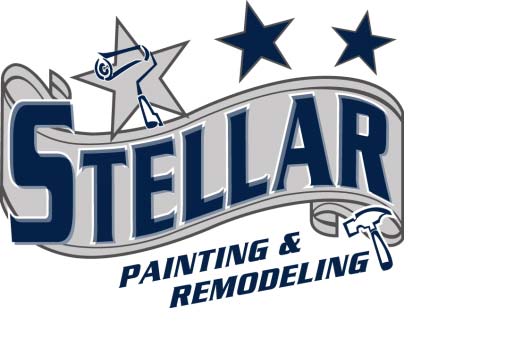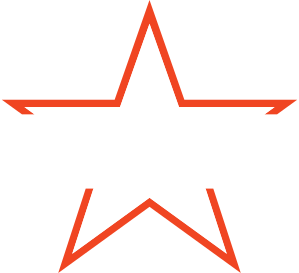What Impacts the Life of a Coating/Painting System

Many People will ask “How long will this Paint Job Last?” There are several components to answering that Question:
- The Quality of Prep – This ultimately comes down to the People performing this segment of the project. Proper Cleaning of a Surface, Scraping, Sanding, Caulking, and thorough Priming are Critical. Properly attending to and applying special primers to Horizontal Surfaces, especially to Wood Window Sills, is essential.
- The Quality of the Actual Prep Products themselves- Use Quality Elastomeric Caulks or at a min. a 55 yr. Quality Acrylic Caulk vs. Cheap Acrylic Caulks that will split within a year or two because they will not flex with great movements of Temperature. Use “Oil Base” Primers vs. Cheap and Water Clean up Acrylic Primers that will not penetrate properly and seal off adequately a bare wood surface or a Delaminated Siding Board.
- The Quality of the Paint– Lower Grade Paints, while a lower cost in the Front Side, can cost you more down the road even in as little as 2 or 3 years. Paint products with Higher Solids and Resin Contents (the Hard Shell that Cures to the Surface of Paint) vs. Liquid and Pigments (Color or Tint) are just simply designed to weather better and last longer.
- Non-Dilution of Paint– Paint does not need to be diluted to be applied thru an Airless or Applied by Hand. Doing so is often done in order to lessen the actual amount of paint that will need to be purchased for a Project. This unfortunately is a pretty common practice.
- Exposure to Weather– The West and South Side of a Building will often take the worst beating from Sun, Wind, and Rain and therefore will start to have issues sooner than other portions of a building. However, the North Side of a Building can also experience problems from an inordinate accumulation of moisture that will cause premature Swelling to Siding Boards and mildew. By the Way, Decks and Fences are especially vulnerable to Weather.
- Exposure to Altitude- Very Simply, the Higher Elevation a Structure is the more often it will have to be maintained.
- Finding and Removing all Compromised, Severely Cracked, and Dry Rotted Trim and Siding Boards– Dry Rot, as it is a fungus, will continue to grow and spread thru the years. It should not just be spackled or caulked over.
- The pre-existing condition of the Building or House– The longer a Building or House sits after it is ready for maintenance and this can often be years, the shorter the expected Life of a Re-paint will be. If Siding Boards are left to swell for years, Trim Boards to crack, Caulk Lines to be pulled away, Paint to be peeled away to bare wood, Dry Rot ignored, and Hairline Cracks to Stucco are left unattended to, the ultimate long-term Life of the project will be affected in the downward direction.
- Application of Paint- Desired or specified millage or measurement of thickness applied is more critical to life than actually how many coats are applied. It should be noted that Spraying and Back Rolling Hardi-Board Siding or Masonite Siding actually removes the thickness of paint applied. Only very Porous Cedar, Stucco, and Masonry Block or Brick should be Back Rolled.
These are all things that should be considered when reviewing the cost and expectations of any Painting Project. It is important to note that no matter what the condition a building is in, good prep, good paint, and great people will make all the difference. Please call Stellar Painting and Remodeling for additional info. or a free consultation and estimate at 720-981-7827.
Serving the Areas of Denver, Boulder, Highland Ranch, Lone Tree, Centennial, Littleton, Lakewood, Greenwood Village, Parker, Arvada, Golden, Westminster, Thornton, North Glen, Castle Rock, Longmont, Englewood, Aurora
